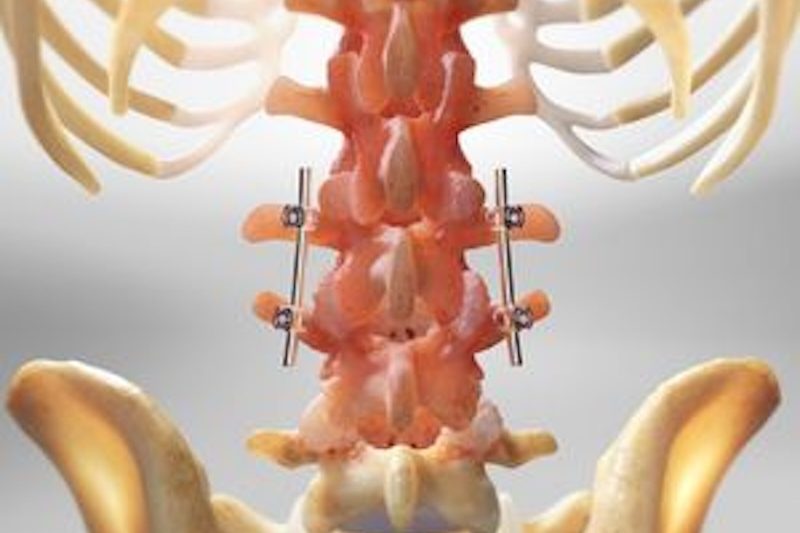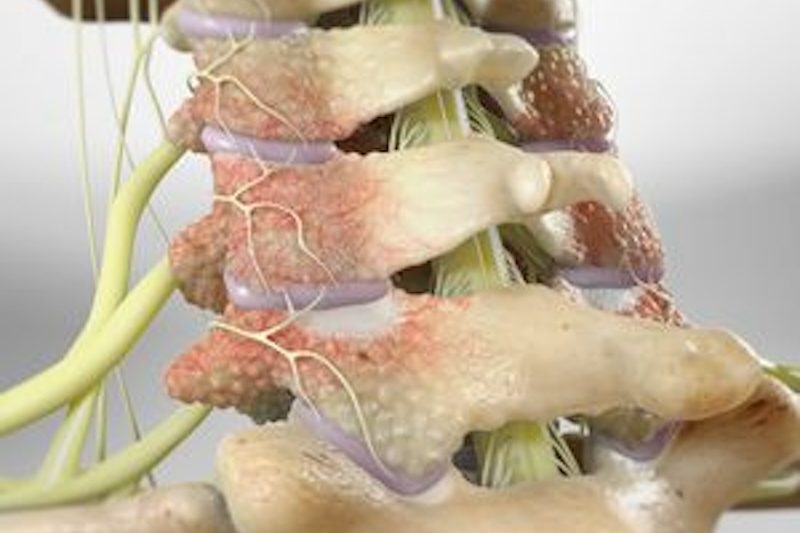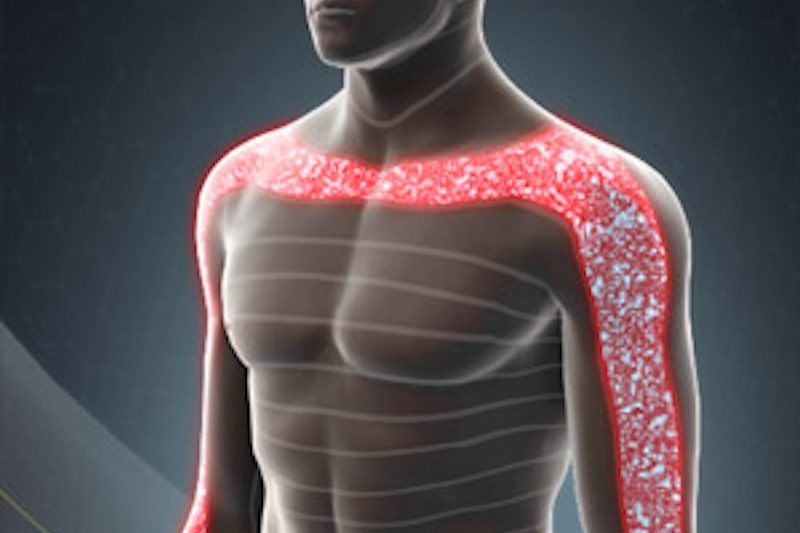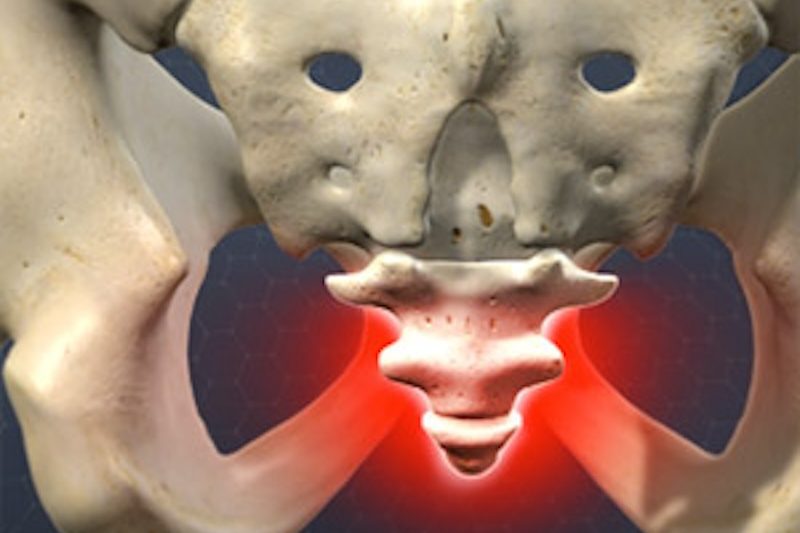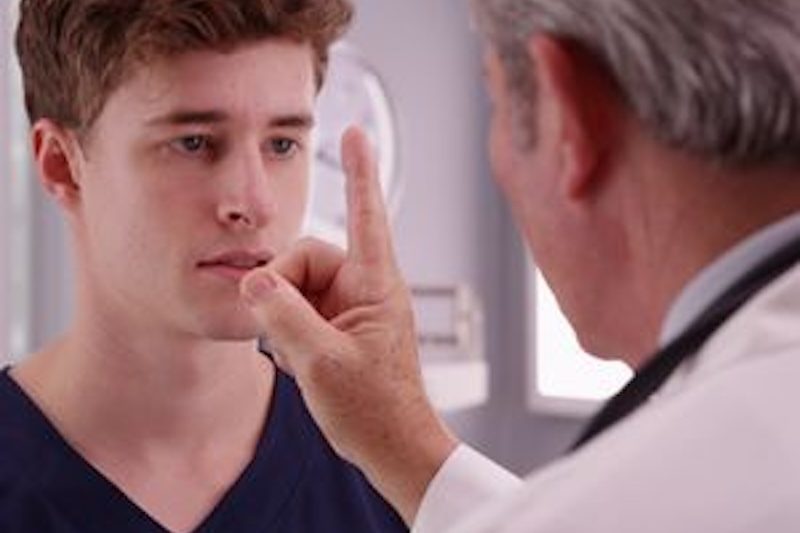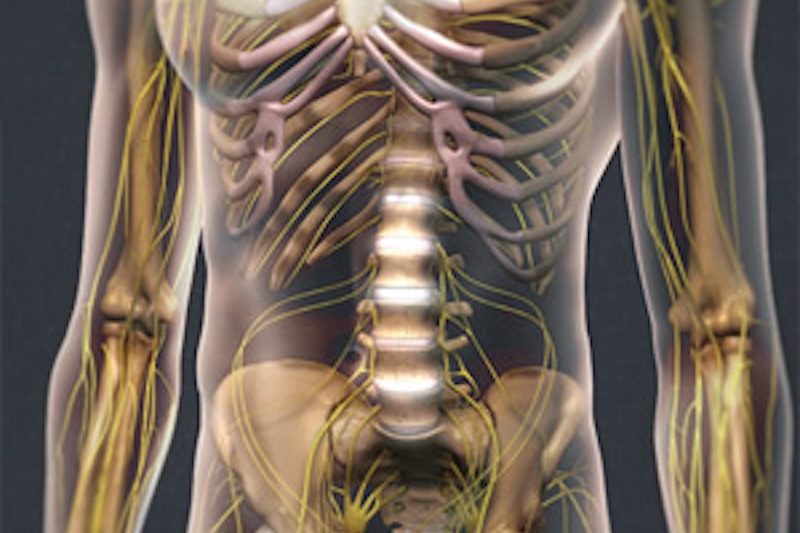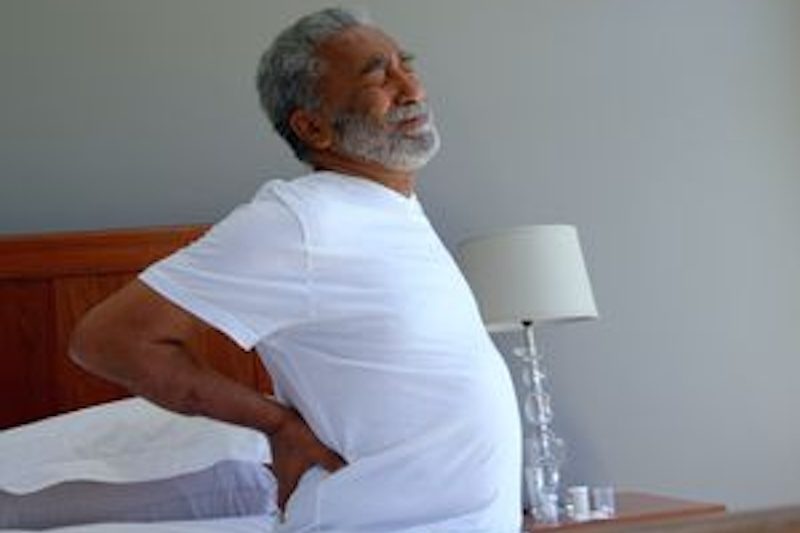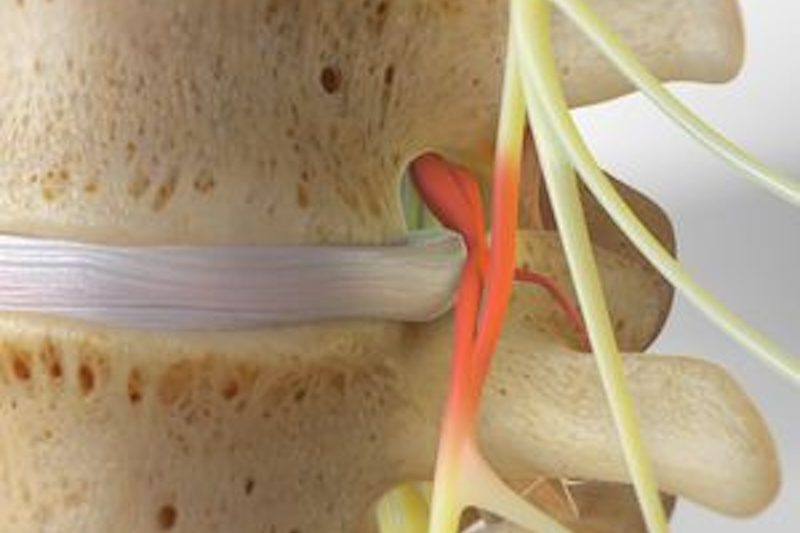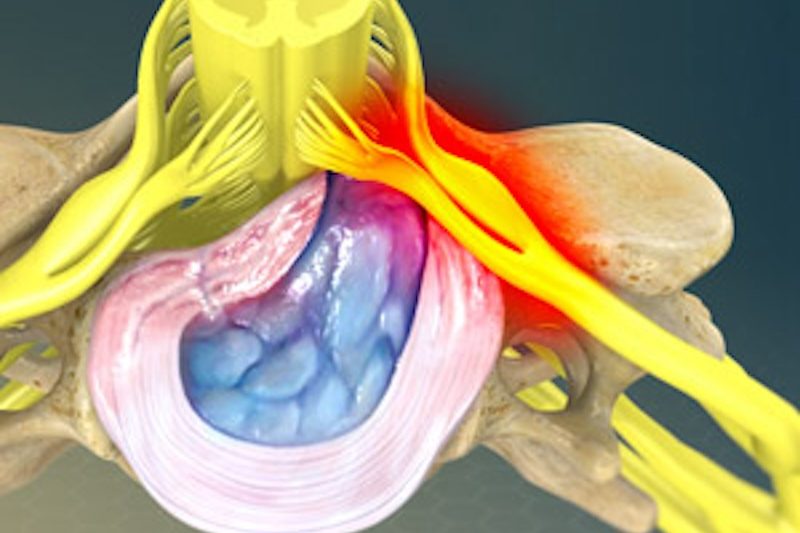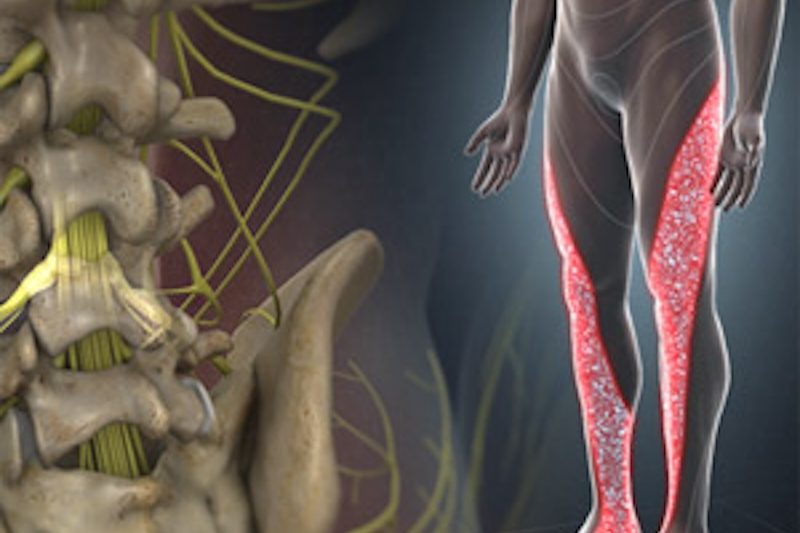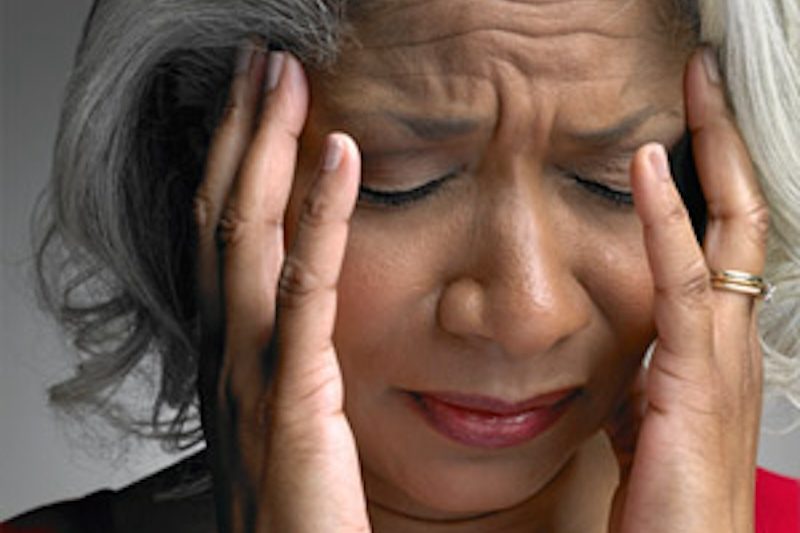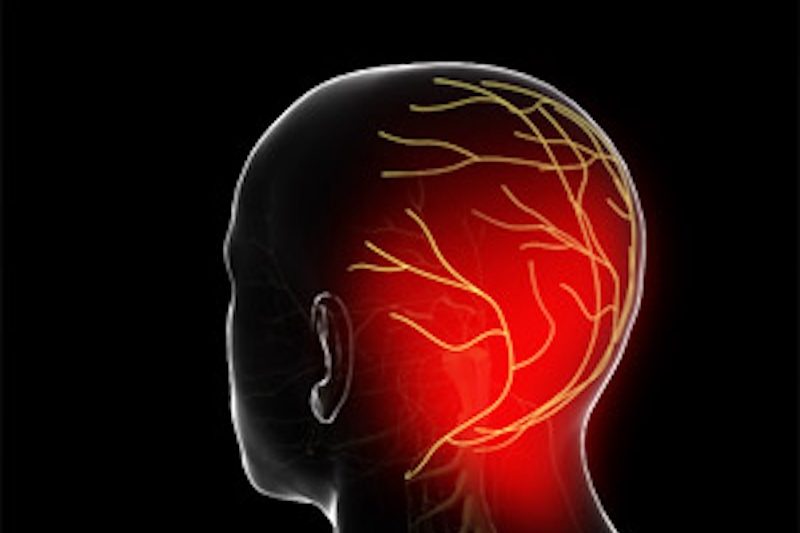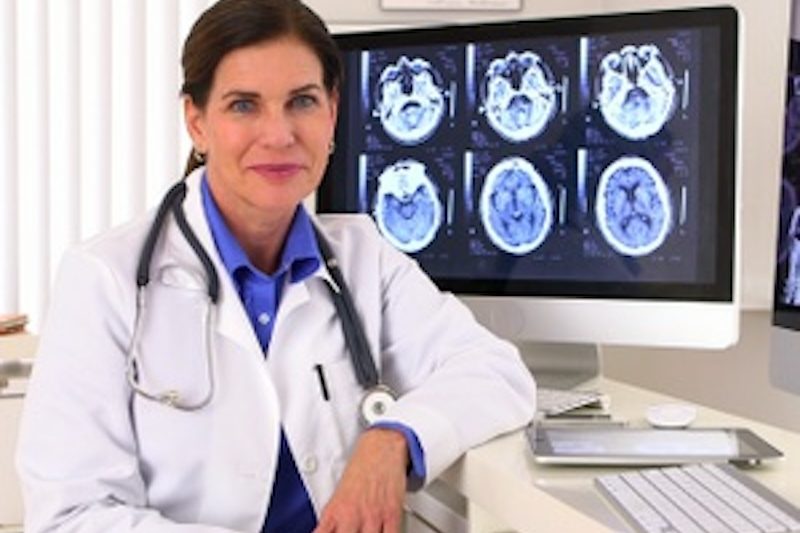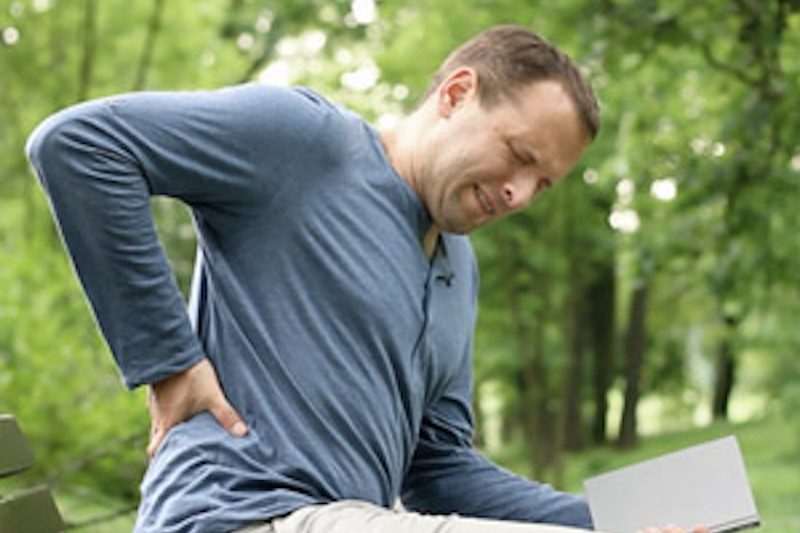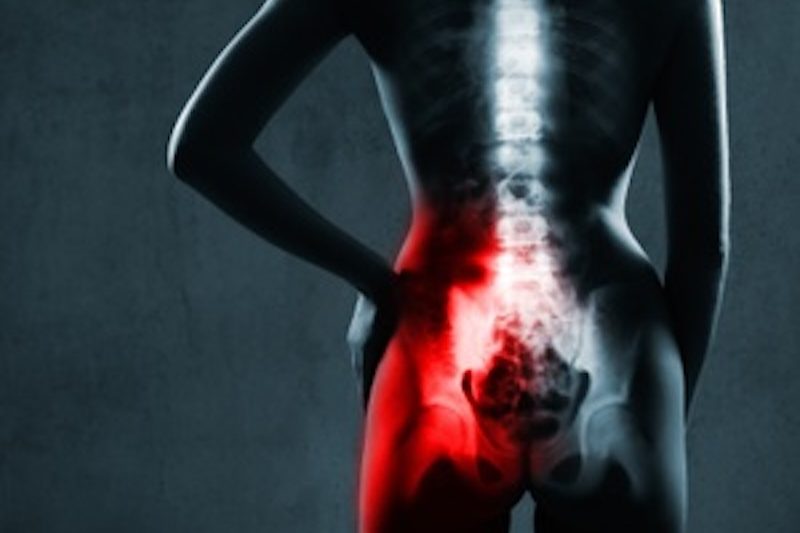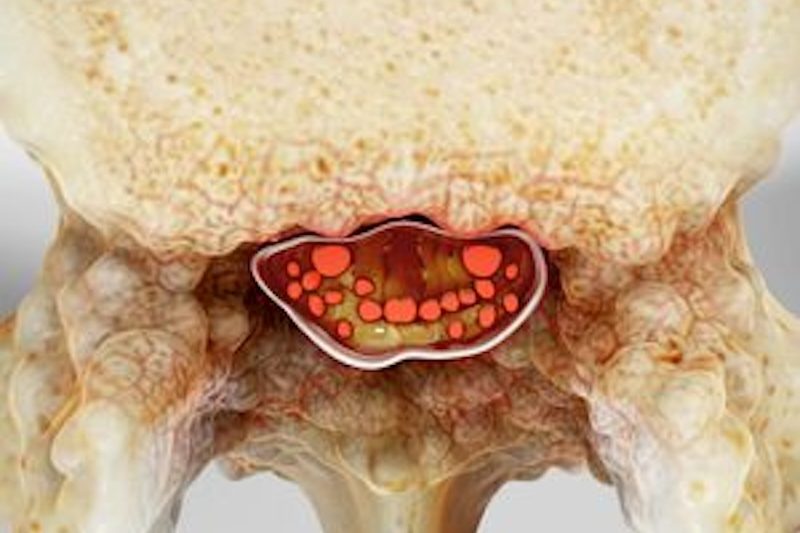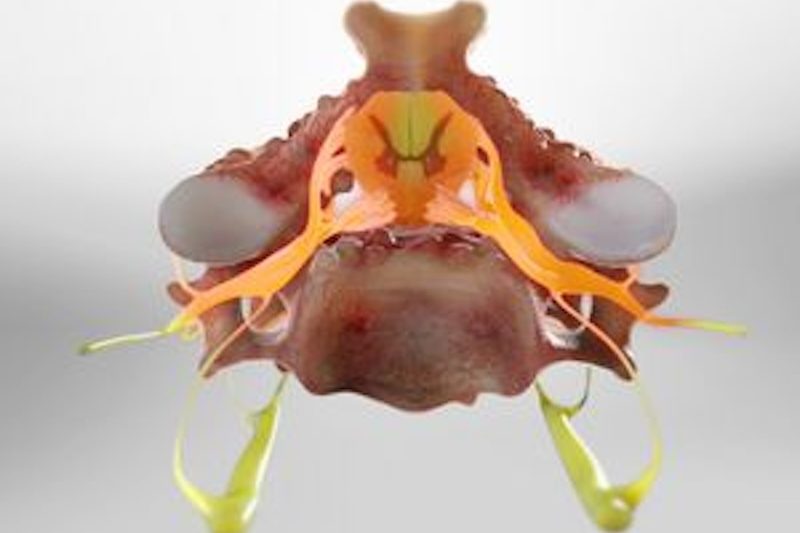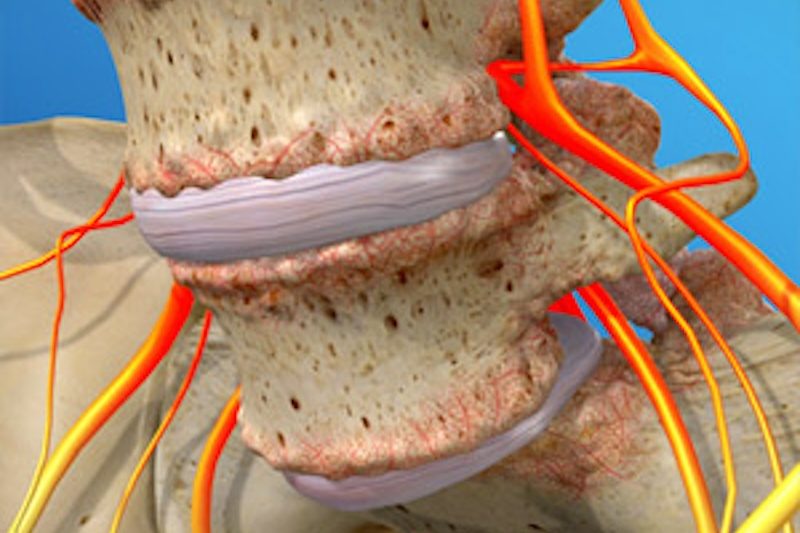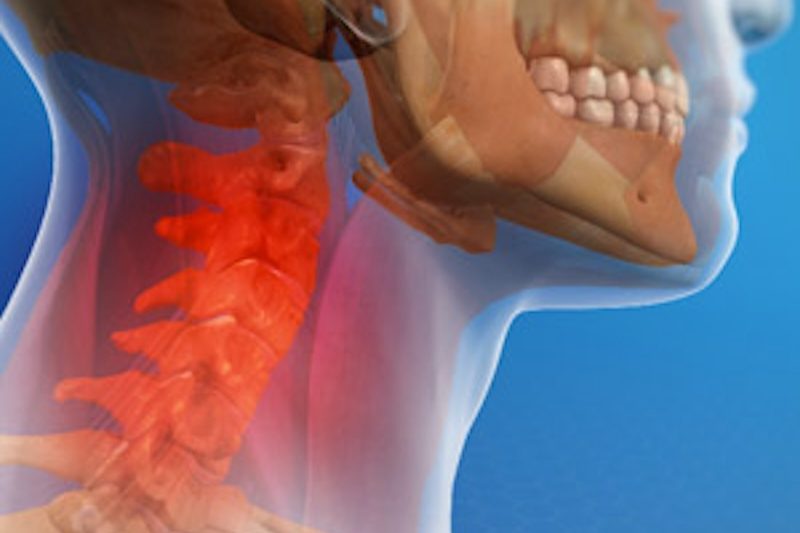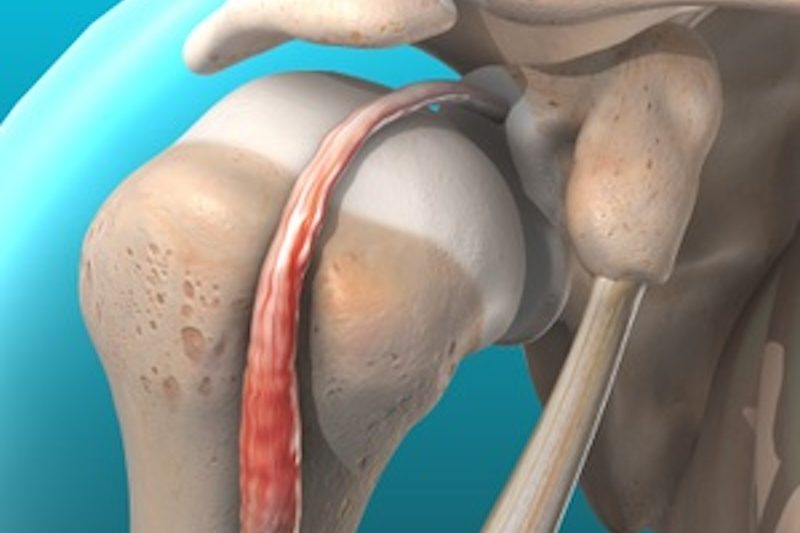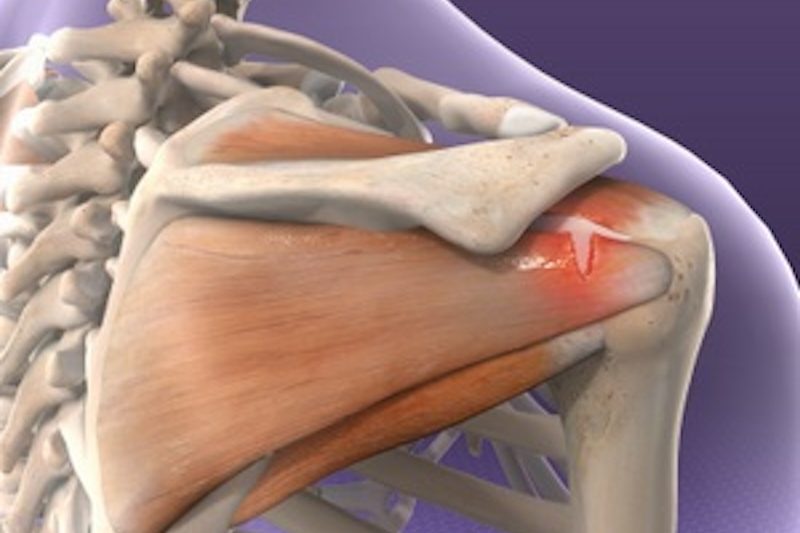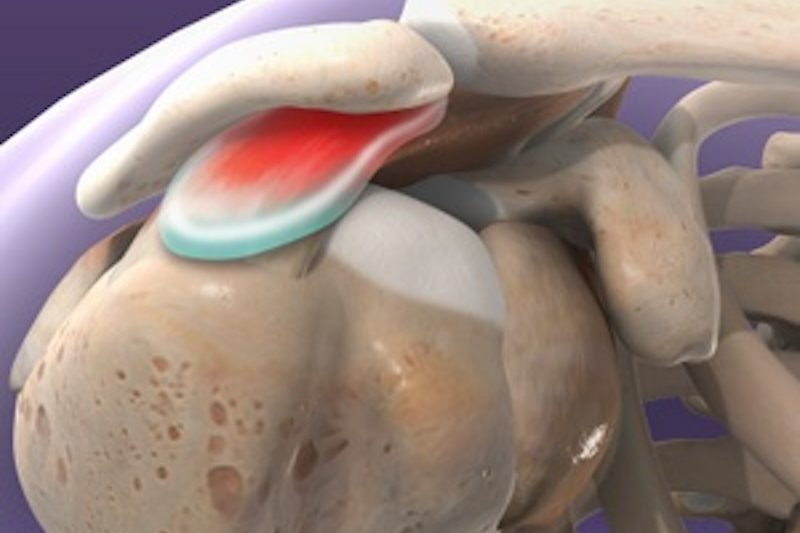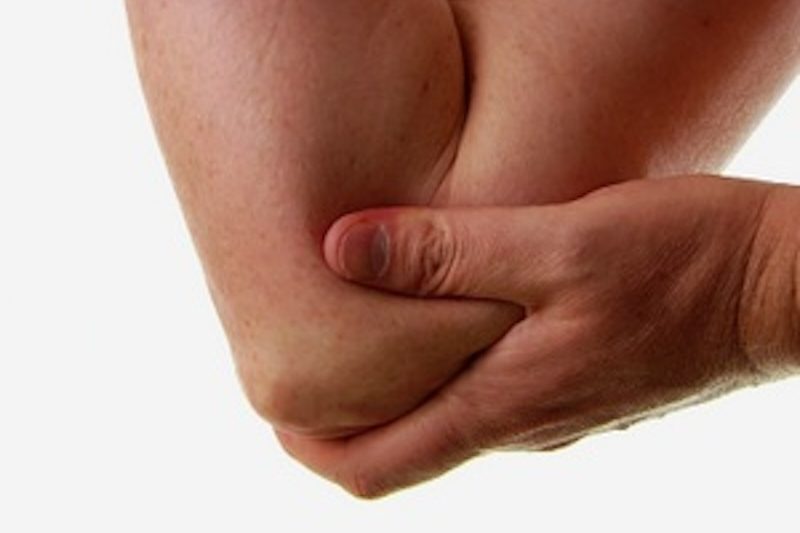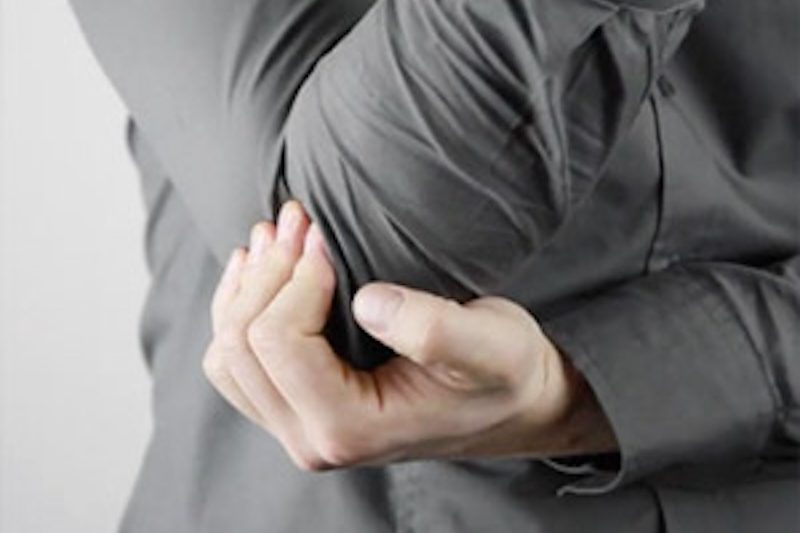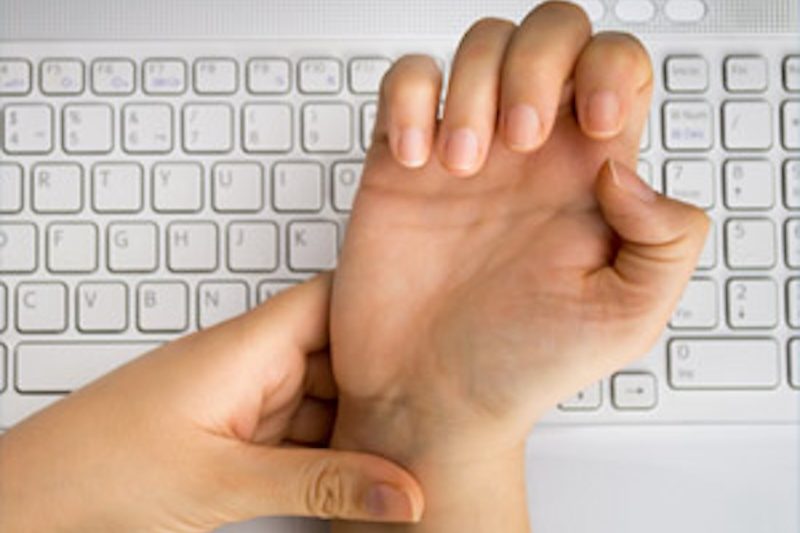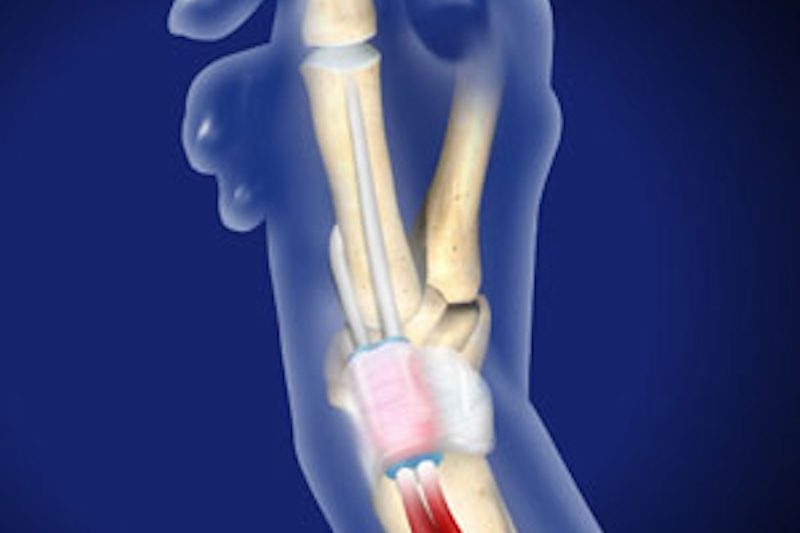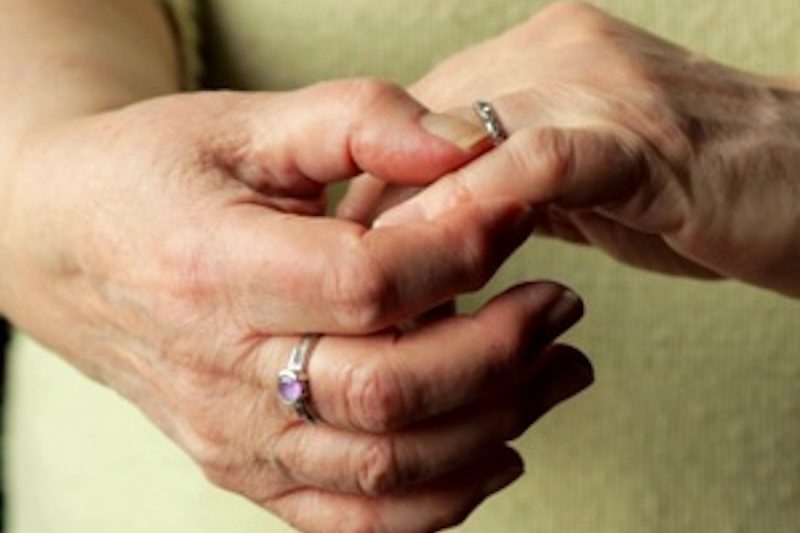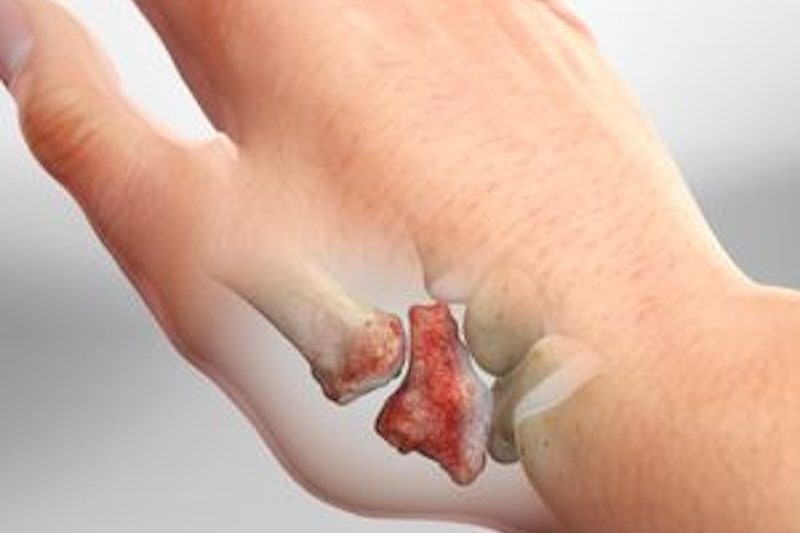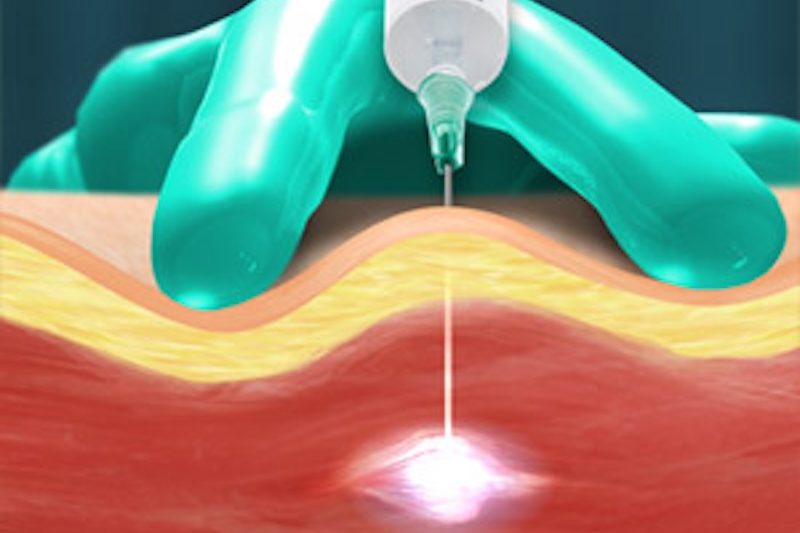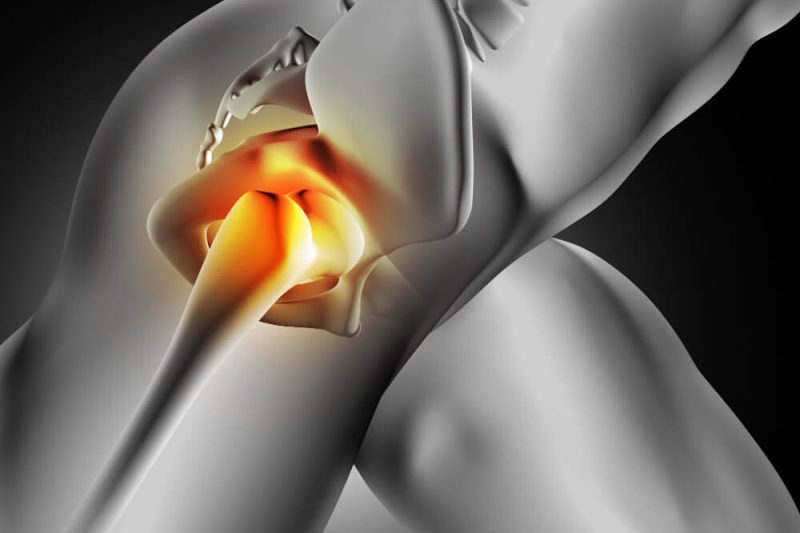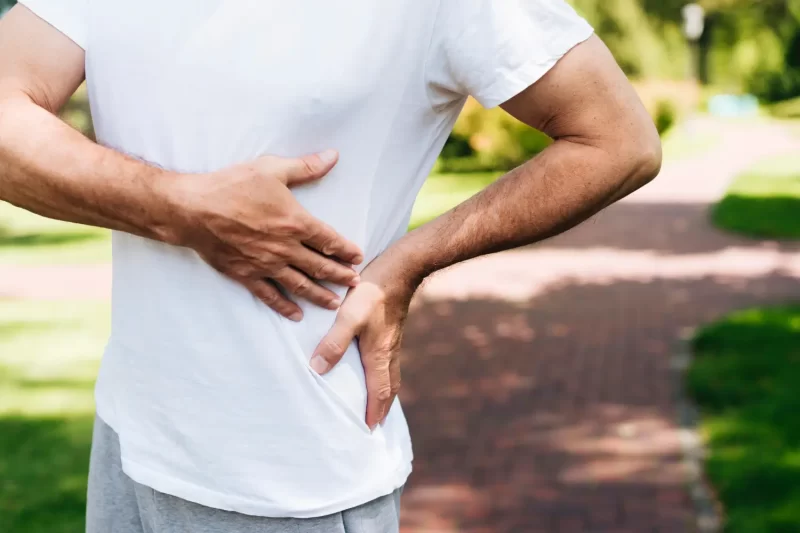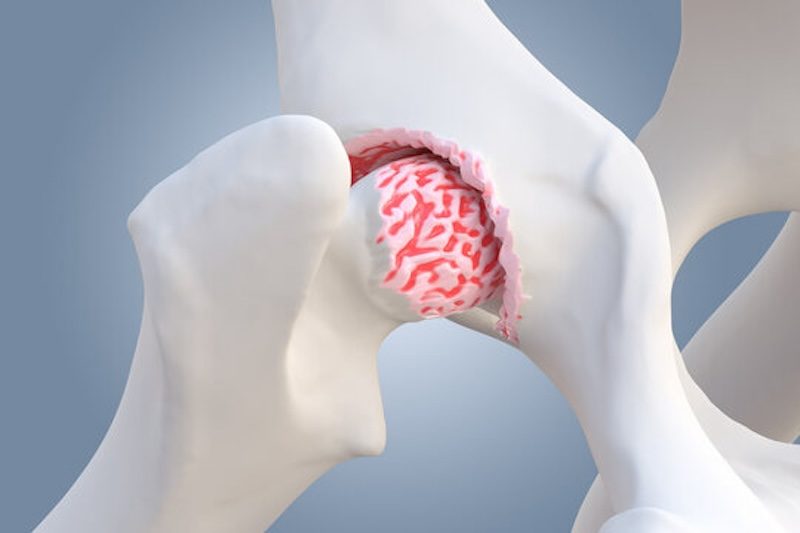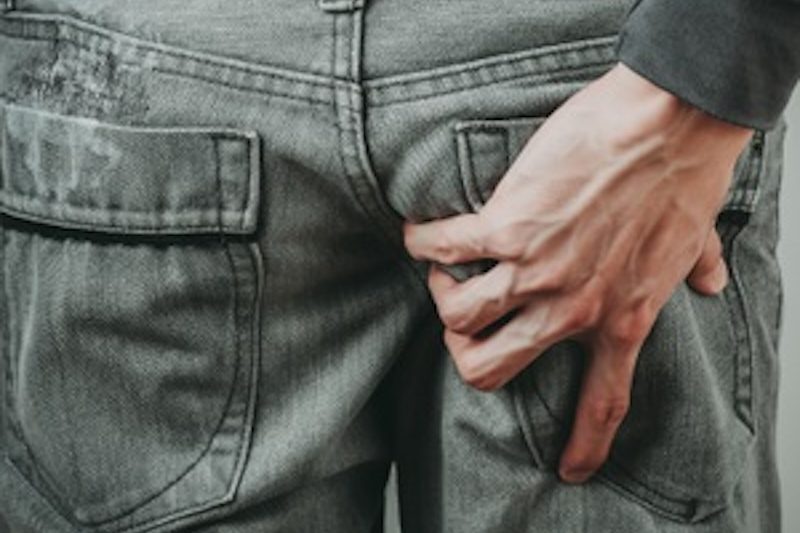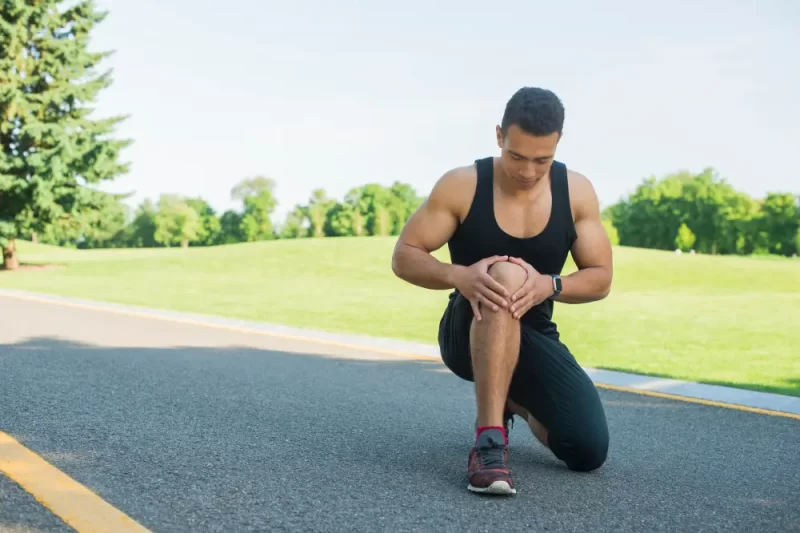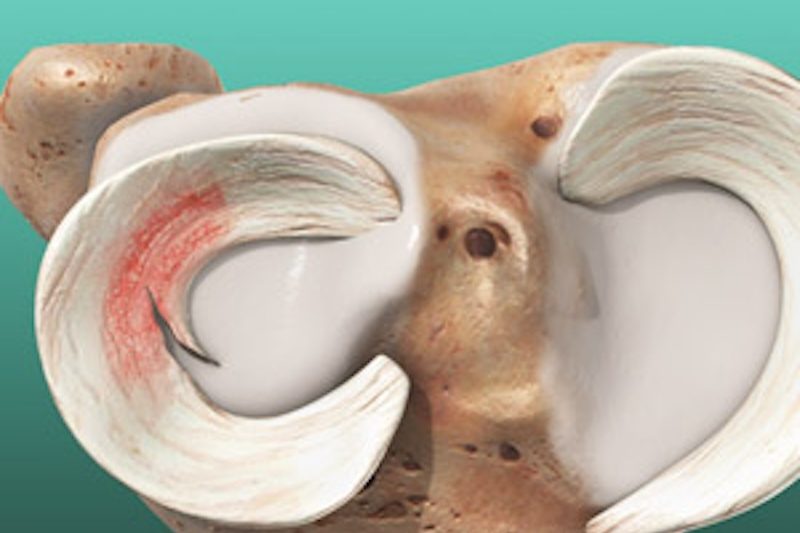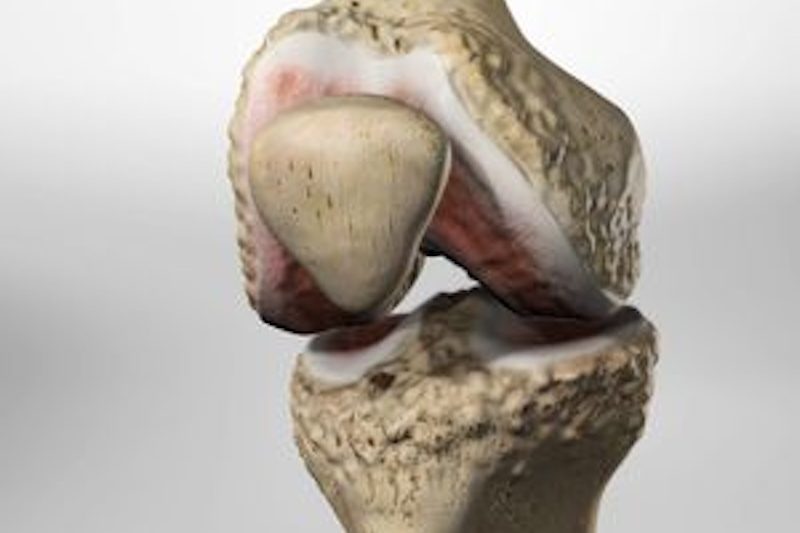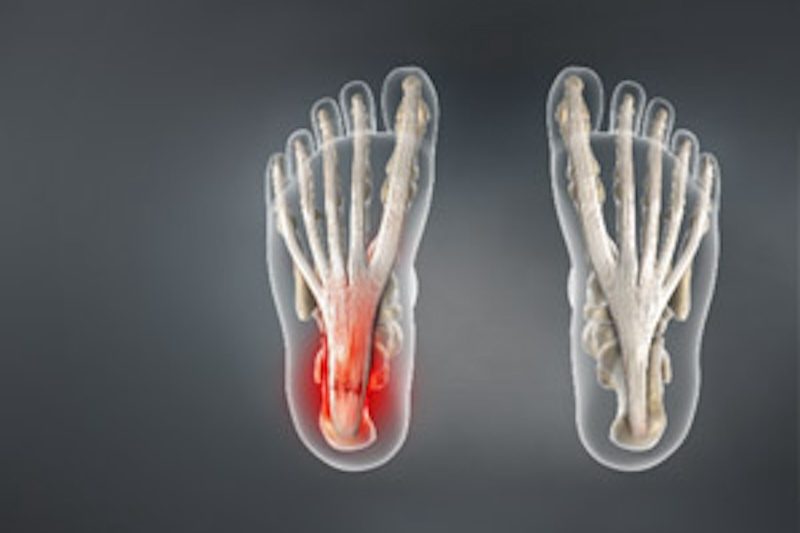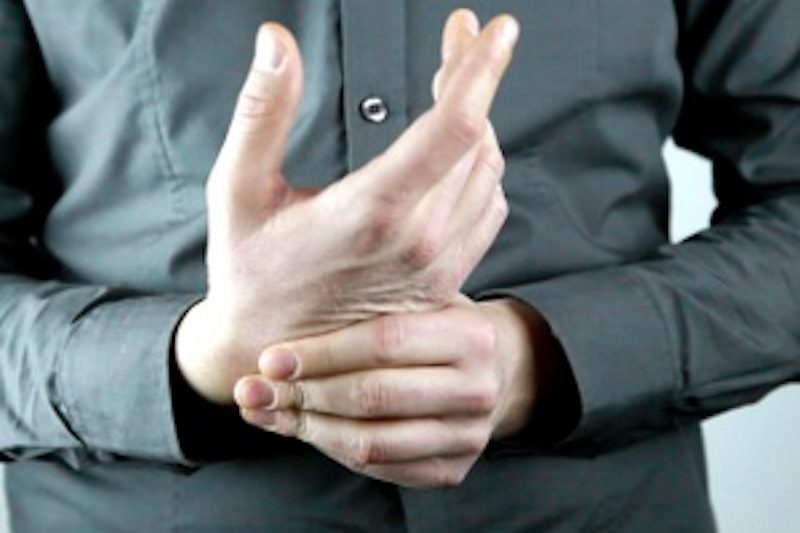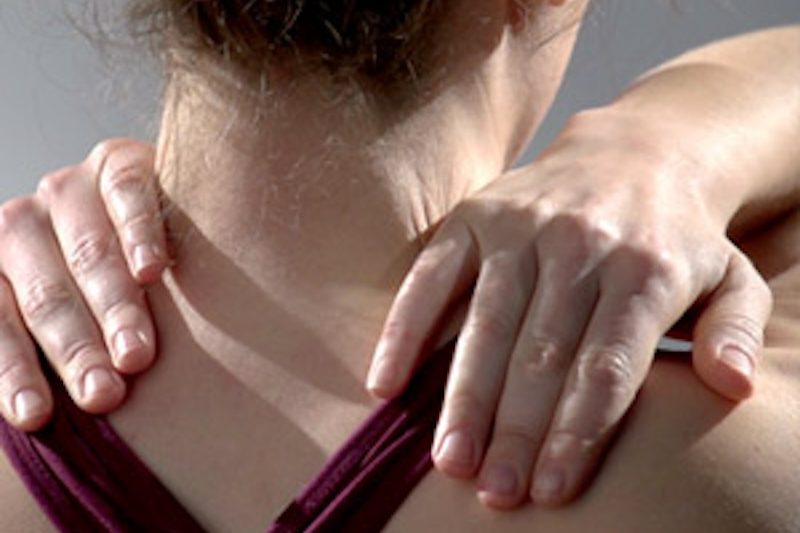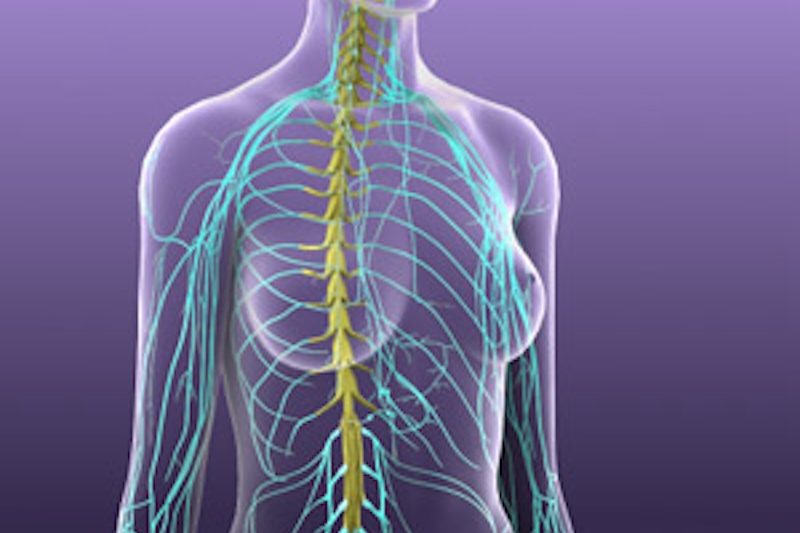Conditions
- Home
- Conditions
Understanding Common Medical Conditions
At Regency Pain we believe the patient is at the center of the healthcare experience. Our approach to pain management is patient-focused, recognizing that every patient’s situation is different. Patients are treated with dignity and respect and our providers collaborate with patients to ensure that treatment options align with their goals and preferences. Communication is important and our providers make it a point to listen attentively to patients, addressing their concerns and providing clear explanations about diagnoses, treatment options, and any potential risks.
The Regency team specializes in the evaluation and treatment of complex pain conditions including: Chronic Pain, Neck Pain, Back Pain, Knee Pain,Fibromyalgia, Sciatica, Scoliosis, Spinal Stenosis, Auto Accident Injuries, Sports Injuries, Neuropathy, Herniated Disc, and Arthritis.
Cervical Facet Joint Syndrome
This is a problem with the facet joints of the cervical spine. They are the joints found where one vertebra connects to another. Facet joints support your spine, while allowing it to bend and twist. With this syndrome, these joints become stiff and painful in the upper part of your spine.
Watch Now
Duration: 1:43
Cervical Radiculopathy
This condition is an irritation or compression of one or more nerve roots in the cervical spine. Because these nerves travel to the shoulders, arms and hands, an injury in the cervical spine can cause symptoms in these areas. Cervical radiculopathy may result from a variety of problems with the bones and tissues of the cervical spinal column.
Watch Now
Duration: 2:26
Lumbar Radiculopathy (Sciatica)
This condition is an irritation or compression of one or more nerve roots in the lumbar spine. Because these nerves travel to the hips, buttocks, legs and feet, an injury in the lumbar spine can cause symptoms in these areas. Sciatica may result from a variety of problems with the bones and tissues of the lumbar spinal column.
Watch Now
Duration: 2:28
Sacroiliac Joint Pain
Your sacroiliac joints (we call them the "SI" joints) are the places where your hips meet your spine. These joints don't have a lot of flexibility, but they do move slightly as you move your body. And if SI joints become damaged or diseased, it can be painful.
Watch Now
Duration: 2:32
Spinal Stenosis
Your spinal nerves travel through your spinal canal and exit through openings we call "foramen." If any of these spaces are too narrow, your nerves become compressed. We say you have "spinal stenosis." It's a problem that most often happens in the neck and lower back.
Watch Now
Duration: 1:43
Spinal Stenosis (Cervical)
This problem affects the spinal nerves in your neck. It's a narrowing of the spinal canal. That's the space your spinal nerves travel through. In a healthy spine, the spinal canal protects these nerves. It keeps them free from injury. But with spinal stenosis, the spinal canal is too narrow, and your nerves get compressed.
Watch Now
Duration: 1:30
Spondylolisthesis
This condition occurs when a lumbar vertebra slips out of place. It slides forward, distorting the shape of your spine. This may compress the nerves in the spinal canal. The nerves that exit the foramen (open spaces on the sides of your vertebrae) may also be compressed. These compressed nerves can cause pain and other problems.
Watch Now
Duration: 1:55
Whiplash
This is a common neck injury. It happens when your neck jerks back and forth quickly and violently. Your spine bends past its normal range of motion. This can injure the vertebrae of your cervical spine. It can damage the supporting ligaments and muscles in your neck.
Watch Now
Duration: 1:31
Rotator Cuff Tear
The rotator cuff is a group of muscles and tendons in each shoulder. It holds your upper arm bone in your shoulder socket. It keeps your arm stable while allowing it to lift and rotate. Too much stress on the rotator cuff can cause a tear. This can be a painful injury.
Watch Now
Duration: 1:43
Shoulder Impingement Syndrome
This is a painful pinching of soft tissues in your shoulder. It happens when these tissues rub and press against a part of your shoulder blade called the "acromion." This can irritate your rotator cuff tendons, and also a soft sac called the "subacromial bursa."
Watch Now
Duration: 1:48
Cubital Tunnel Syndrome
This condition, also called "ulnar nerve entrapment," happens to the ulnar nerve in your elbow. This nerve travels along the inner side of your elbow and down to your hand. It's the nerve that makes the jolt you feel when you bump your "funny bone." With this condition, your ulnar nerve is compressed, stretched or irritated.
Watch Now
Duration: 1:53
Carpal Tunnel Syndrome
Pain, numbness and tingling in your hand may be from carpal tunnel syndrome. It happens when the area around the main nerve to your hand is too tight. The nerve is called the median nerve. And the small space in your wrist where it passes is called the carpal tunnel.
Watch Now
Duration: 1:59
Trigger Digit
This common condition, also known as stenosing tenosynovitis, is a narrowing of a portion of the tendon sheath in the finger or thumb that interferes with normal finger movement. This condition most commonly affects the ring finger, but can affect any digit. It is more common in middle-aged women, but anyone can be affected, even newborns.
Watch Now
Duration: 3:21
Osteoarthritis of the Hip
This type of arthritis, also called "degenerative joint disease," is a breakdown of the cartilage in your hip joint. As this protective cartilage wears away, bone rubs against bone. Bony growths called "bone spurs" may form in the joint. Pain from osteoarthritis can keep you from being as active as you like.
Watch Now
Duration: 1:53
Anatomy of the Knee
The knee is the body's largest joint. It's the place where three bones meet: the tibia, the femur and the patella. The knee is a "hinge" joint. It allows the leg to bend in one direction only. Let's take a closer look at the main parts of the knee's anatomy.
Watch Now
Duration: 3:00
Complex Regional Pain Syndrome (CRPS)
This is a type of chronic, long-lasting, pain. In most cases, it develops in an arm or a leg that you have previously injured. With CRPS, you may have unexplained pain that won't go away. It may be severe, and it may spread.
Watch Now
Duration: 1:32
Osteoarthritis of the Knee
Knee pain may keep you from being as active as you like. And it may come from a gradual breakdown of your knee's cartilage. That's a protective tissue on the ends of your bones. In a healthy knee, the bones glide smoothly against each other. But in a knee with osteoarthritis, cartilage begins to wear away. Bone rubs against bone. Bony bumps we call "bone spurs" may form.
Watch Now
Duration: 1:38
Plantar Fasciitis
Plantar fasciitis is an irritation of the plantar fascia. This thick band of connective tissue travels across the bottom of the foot between the toes and the heel. It supports the foot's natural arch. It stretches and becomes taut whenever the foot bears weight.
Watch Now
Duration: 1:28
Myofascial Pain Syndrome
This is a chronic pain disorder. It affects the muscles and the connective tissue (called the "fascia") that surrounds them. With this syndrome, you may develop sensitive areas on your body called "trigger points." When these places are pressed or stressed, you feel pain. This condition can affect muscles throughout your body.
Watch Now
Duration: 1:43
